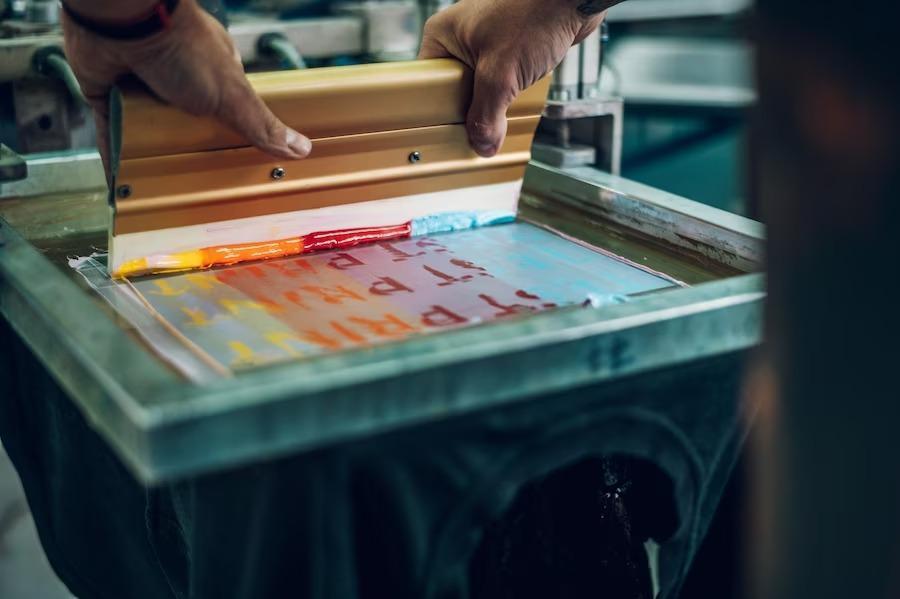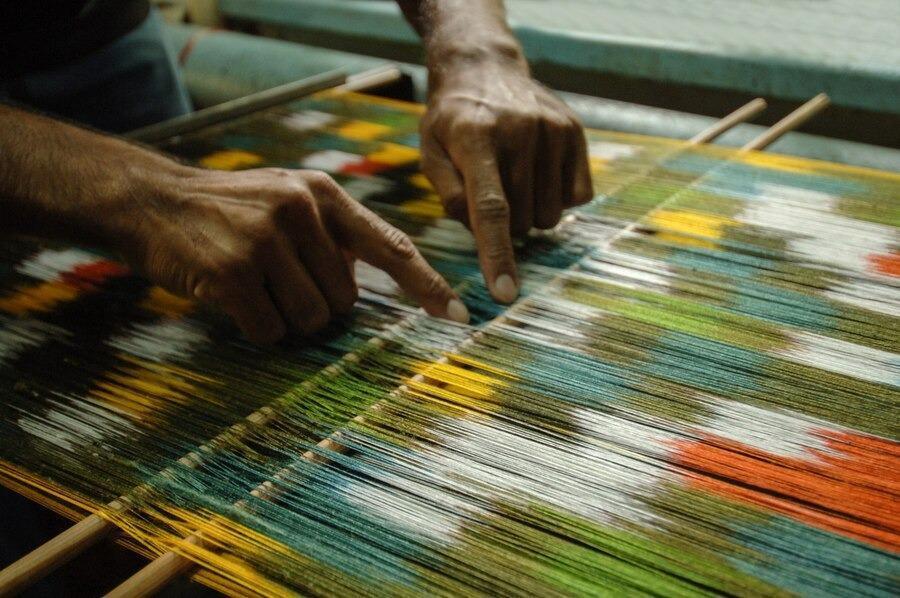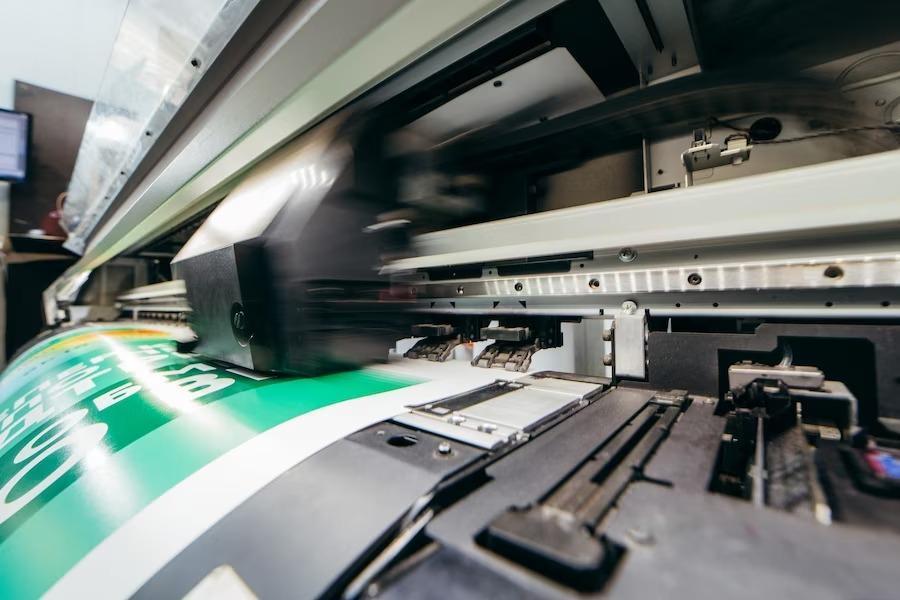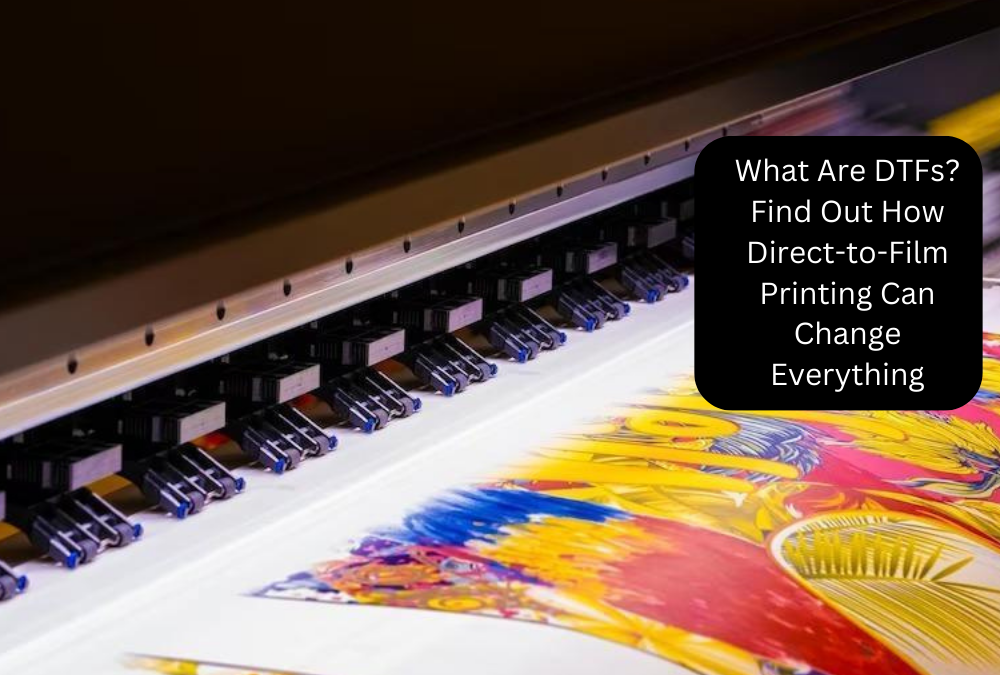In the world of printing, people are always trying to come up with new and better ways to do things. One of the latest and coolest things is Direct-to-Film (DTF) printing. Instead of printing on paper, DTF printing puts designs right onto a special film. Then, you can transfer that design onto all kinds of things like clothes, signs, and more.
DTF printing is getting a lot of attention because it has some great benefits. The pictures it makes look really good, it’s faster than the old ways, and it costs less money. A lot of people and businesses are getting excited about DTF printing because it could change the printing world. It’s like a new game that brings fun possibilities for everyone.
Understand What Are DTFs?
DTF, which stands for Direct-to-Film, is an innovative printing technique that simplifies the reproduction process by eliminating intermediate steps such as screens or transfer papers. Personal stylists, who play a crucial role in the world of fashion, can find exciting opportunities to collaborate in this realm. The core of DTF lies in directly transferring designs onto a film, which can then be applied to various surfaces. This groundbreaking method not only simplifies the printing workflow but also enhances precision and detail in the final print.
Unlike traditional methods, DTF printing offers unmatched quality and versatility, making it an ideal canvas for personal stylists to showcase their creativity. This leads us to the question: What exactly are DTFs? Simply put, DTFs are the films used in the DTF printing process. These films serve as the canvas for your designs before they are printed onto the final surface. The fusion of personal stylist expertise with the innovative DTF printing technique opens up new possibilities for creating truly unique and customized products that seamlessly blend style and cutting-edge technology.
DTF vs. Traditional Printing: A Comparative Analysis

DTF Printing: A Leap into the Future
The Ready-to-Press DTF transfer technology represents a significant leap forward, offering several advantages over traditional printing methods.
Simplified Workflow
DTF printing eliminates the need for multiple steps, reducing the complexity of the printing process. With Ready-to-Press DTF transfer, you can say goodbye to cumbersome setups and hello to a streamlined workflow.
Precision and Detail
DTF transfer ensures that your designs are transferred with unparalleled precision and detail. The direct application of designs onto film preserves the intricacies of your artwork, resulting in a final print that captures every nuance.
Versatility in Materials
No matter if you’re printing on clothes, ceramics, plastics, or anything else, DTF transfer fits right in. This flexibility brings fresh opportunities for businesses wanting to try out different surfaces.
Cost-Effectiveness
One of the most significant advantages of Direct-to-Film transfer is its cost-effectiveness. By eliminating the need for additional materials and steps, businesses can save on production costs without compromising on quality.
Read: The Perfect Nighttime Routine For Dry Skin
Traditional Printing: The Old Guard

While traditional printing methods have their merits, the drawbacks become apparent when compared to the efficiency and precision offered by DTF printing.
Complex Setups
Traditional printing often involves intricate setups with screens and transfer papers, leading to a more complex and time-consuming process.
Limited Precision
The multistep nature of traditional printing can result in a loss of precision and detail, especially with intricate designs.
Material Restrictions
Traditional printing methods may be limited in terms of the materials they can effectively print on, restricting the range of applications.
How DTF Printing Works: Step-by-Step Guide
Let’s break down how DTF printing works in a step-by-step guide.
Step 1: Designing the Blueprint
DTF printing starts with your imagination. Create your design using graphic software, ensuring every detail is captured just the way you envision it. This step is all about setting the stage for your masterpiece.
Step 2: Printing onto the Film
Here’s where the magic begins. The design is printed directly onto a special film using DTF technology. This film becomes the canvas for your creativity, capturing the nuances of your design with precision and clarity. The result? A high-definition representation ready to leap off the paper.
Step 3: Applying the Film to the Surface
Once your design is on the film, it’s time for the transfer. The film is applied directly to the chosen surface, whether it’s fabric, ceramic, plastic, or another material. The Ready-to-Press DTF transfer ensures seamless adhesion, bringing your design to life on the intended canvas.
Step 4: Curing the Print
The final step involves curing the print. This process ensures the design bonds securely with the surface, creating a durable and long-lasting masterpiece. The end result? A print that not only looks stunning but also stands the test of time.
Printing DTFs: A Future Trend

As we explore the changing world of printing, the future of DTF printing seems really exciting. Some cool trends are making a big impact, and one of the leaders in this change is Ready-to-Press DTF transfer.
- Enhanced Materials Compatibility: Future DTF printing is expected to push the boundaries of material compatibility. Imagine the ability to print on even more diverse surfaces, opening up new possibilities for customization.
- Integration of AI and Automation: The incorporation of artificial intelligence (AI) and automation is set to streamline the DTF printing process further. This means faster turnarounds, increased efficiency, and reduced room for error.
- Eco-Friendly Practices: The future of Direct-to-Film printing includes a focus on sustainability. Expect to see advancements in eco-friendly inks and processes, aligning with the global push toward environmentally conscious practices.
- 3D Printing Integration: DTF printing is likely to integrate with 3D printing technologies, allowing for the creation of multi-dimensional and textured prints. This adds a whole new dimension to the world of graphic reproduction.
Conclusion
Ready-to-press DTF transfer printing stands as a promising alternative to traditional methods, offering a streamlined and efficient approach to high-quality transfers. With the ability to produce vibrant, detailed designs on various surfaces, DTF is poised to revolutionize the way we approach printing.
As technology continues to advance, and the demand for customization grows, the landscape of DTF printing will undoubtedly expand. Whether you’re a seasoned printer or someone exploring the world of custom designs, the simplicity and versatility of DTF make it a game-changer in the printing industry.
Embrace the future of printing with ready-to-press DTF transfer and unlock a world of possibilities for your creative endeavors. Stay ahead of the curve, and let DTF printing change everything you thought possible in the world of custom transfers.
Author’s Bio:
Esha is a writer at “Mad Monkey Transfers” She loves fashion and lifestyle and has been writing about them for more than 3 years. She’s also passionate about helping people understand their friends better. Her work has been in many magazines.

